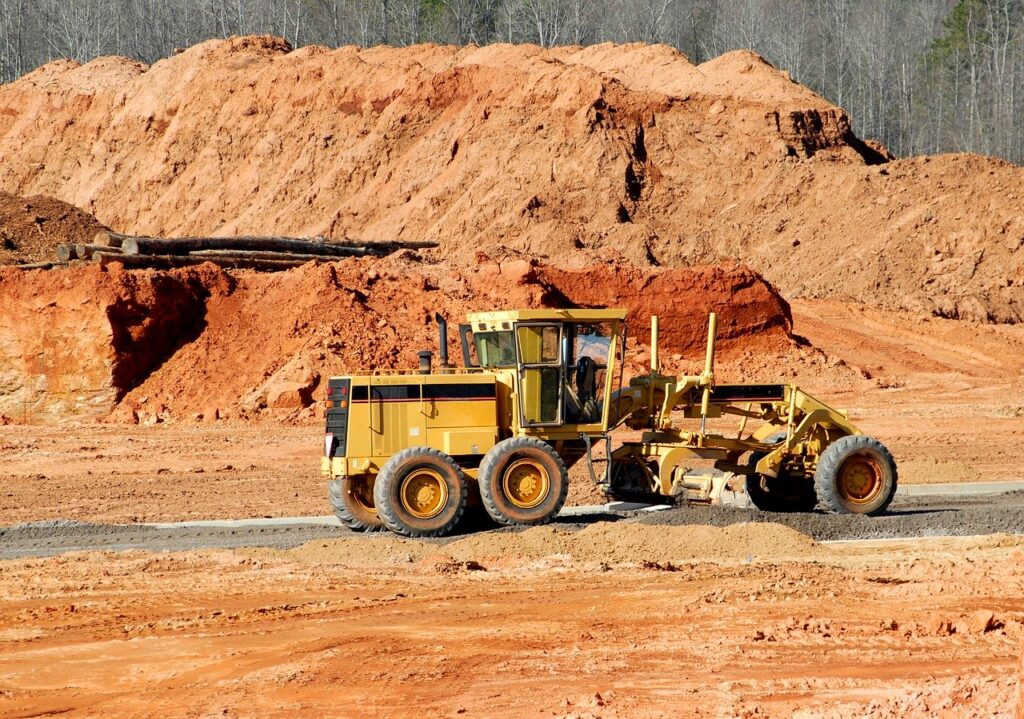Construction unions have been around for quite some time, although they were over in Europe long before they became extremely popular in the United States. However, that changed in 1935, when the Federal Labor Relations Act allowed workers in the U.S. to have collective bargaining rights. The number of unions quickly grew after that and people were joining by the thousands.
Almost all the construction trades have unions, including carpenters, roofers, electricians, masons, and more. The trade that a person is in basically determines which union they will be in, but each one practically guarantees training that increases a person’s pay, access to job opportunities, and a pension plan.
Here are the top construction unions:
Laborers’ International Union of North America
This union is normally shortened to Laborer’s Union and it was formed in 1903 for both American and Canadian workers. There are more than five hundred thousand members within nine regions. There are more than five hundred local unions within those regions and the one in Toronto, Local 183, is the largest construction union within North America. They were one of the first unions to create a plan to improve the health and safety of workers, as well as creating drug and alcohol rehabilitation programs. This union was instrumental after 9/11, because many of the members traveled to ground zero to assist with cleanup.
United Brotherhood of Carpenters and Joiners of America
Members of this union commonly shorten it to the United Brotherhood of Carpenters and it was founded in 1881 by both Gustav Luebkert and Peter J. McGuire. This union is one of the largest ones within the United States with more than five hundred thousand members within the North American chapter. They held their very first convention in August of 1881 and even started a newspaper called The Carpenter. The original goals were to increase wages, as well as sickness and death benefits. They also wanted workers to only have to work eight-hour days, but their strikes only caused turmoil and not the results that they desired, so it took some time to reach this goal. The union has had numerous alliances over the years, but some of them have been discontinued in recent years due to changes within the other party and them no longer meeting the core values of the United Brotherhood of Carpenters.
United Association of Journeyman and Apprentices of the Plumbing, Pipefitting, and Sprinkler Fitting Industry of the United States and Canada
During the 1880s, those who worked within the pipe trade normally either worked as a plumber, steamfitter, or gasfitter. However, they were all united when this union was founded in October of 1889. Once this union was formed, members from other unions began to join, however, membership did decline during the depression of the late 1890s. The membership declined yet again during the Great Depression, but it soared after World War II and it hasn’t stopped since.
Read here: Construction contracts 101
Sheet Metal Workers International Association
This union was founded back in 1888, although it was under a different name, Tin, Sheet Iron and Cornice Workers’ International Association, at the time. Anyone in the trade of architectural sheet metal work, heating and air conditioning work, shipbuilding, appliance construction, specialty parts manufacturing, heater and boiler construction, and any other job that used sheet metal could join this union. The name changed less than a decade later and soon instituted the first death benefit for its members. They merged a year after that monumental decision and then again four years later. There were more name changes and mergers over the years, but the most recent one was back in 2004 when they merged with the United Transportation Union to become the International Association of Sheet Metal, Air, Rail and Transportation Workers, otherwise known as SMART.
International union of painters and allied trades
Almost all the one hundred sixty thousand members of this union work within the construction industry and they are painters, wall coverers, glaziers, floor installers, glassworkers, drywall finishers, and several other professional service providers. When this union was formed back in 1887, they were known as the Brotherhood of Painters and Decorators of America and it only took them a year to grow to more than seven thousand members within one hundred local unions. This union has continued to expand the amount of benefits that they offer their members, which is why even those who are retired keep their memberships active.
Construction workers have a difficult and sometimes dangerous job, which is one of the main reasons why these unions exist. They began with a goal to provide for the construction workers and now they continue to work to ensure that these workers are receiving all the benefits that they deserve. This is not always easy in this day and age, due to cuts in budgets and more, but the unions continue to fight for what they know is right for all their members.




